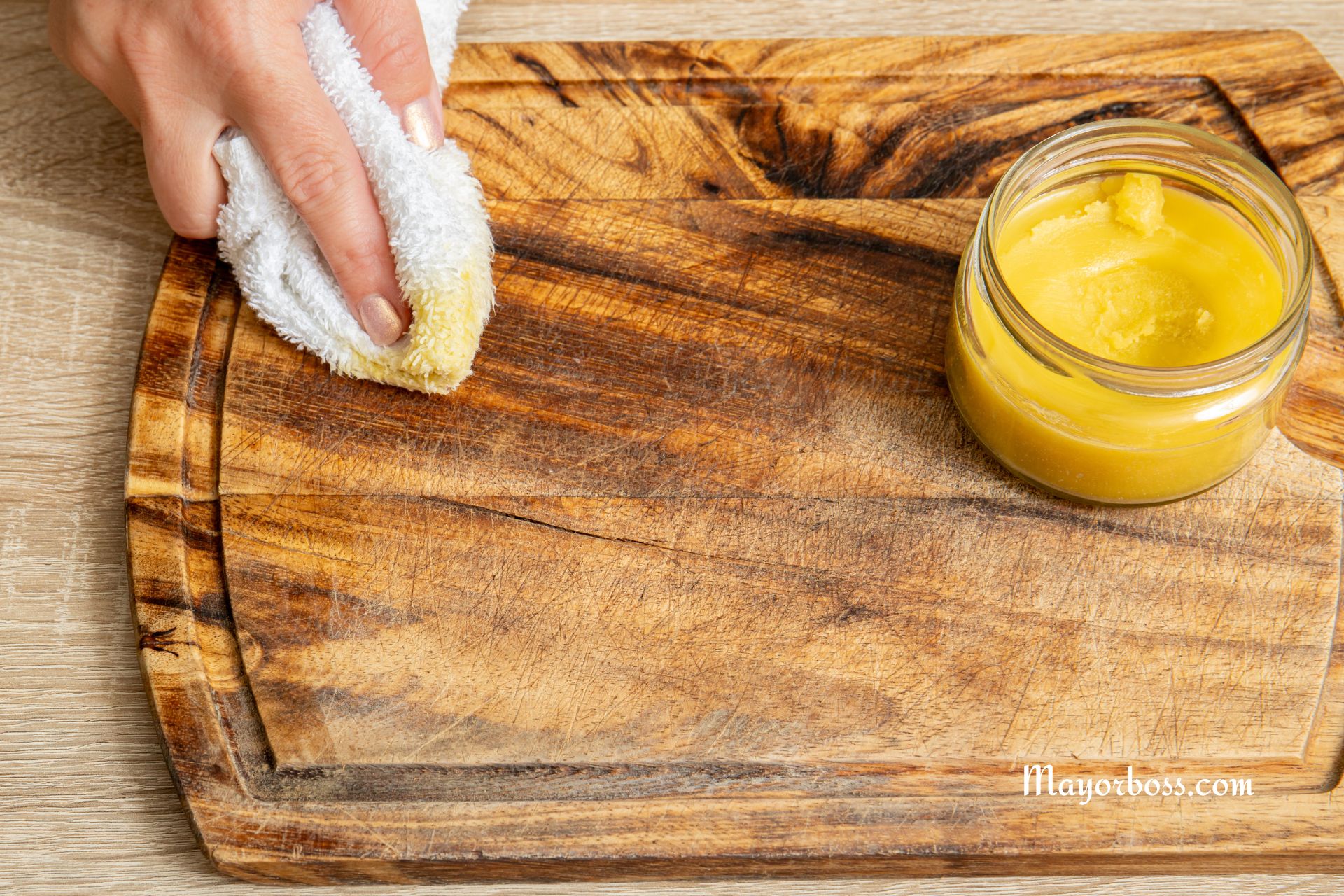You Should Oil Your Wood Cutting Boards Regularly. Here’s Why

When you use a wood cutting board in your kitchen, it’s not just a tool; it becomes a part of your daily cooking rituals. However, like any good relationship, it requires care and attention to keep it in top condition. Regularly oiling your wood-cutting board is crucial, and here’s why.
The Importance of Oiling
First off, wood is a natural, living material. Even after it’s been cut and shaped into a cutting board, it continues to react to its environment. This means it can dry out, warp, or even crack if not properly maintained. Moreover, frequent washing and exposure to water can speed up this drying process. Here’s where oiling comes into play.
Oiling your wood-cutting board does several things. Most importantly, it creates a barrier that prevents water from seeping into the wood. This is crucial because when wood absorbs water, it swells, and when it dries, it contracts. Over time, this continuous cycle can cause your board to warp or crack, rendering it unusable.
Furthermore, oiling helps to keep your board sanitized. Wood has natural antibacterial properties, but when it’s dry and cracked, bacteria can find a cozy home in those crevices. A well-oiled board is smoother, so there are fewer places for bacteria to hide.
Lastly, oiling your board regularly keeps it looking beautiful. It brings out the natural grain of the wood, making it a showpiece in your kitchen rather than just a functional item.
How Often Should You Oil Your Cutting Board?
You might wonder, “How often should I be doing this?” The answer depends on how frequently you use and wash your board. A good rule of thumb is to oil it once a month. However, if you use your board daily, you might need to oil it more frequently, such as every two weeks.
Choosing the Right Oil
Not all oils are created equal when it comes to your cutting board. You need a food-safe oil that won’t go rancid. Mineral oil, Beeswax, or fractionated coconut oil is a popular choice because it’s colorless, odorless, and won’t spoil. There are also specific cutting board oils available on the market that are designed for this very purpose. Avoid cooking oils like olive or vegetable oil, as these can spoil and leave your board with an unpleasant smell and taste.
How to Oil Your Cutting Board
Oiling your cutting board is a simple process. First, make sure your board is clean and completely dry. Then, apply a generous amount of oil, spreading it evenly over the surface with a cloth or paper towel. Don’t forget the sides and bottom of the board. Let the oil soak in for a few hours or overnight. If there’s any excess oil in the morning, just wipe it off with a clean cloth.
Frequently Asked Questions
Can I use coconut oil on my cutting board?
It’s best to avoid coconut oil, as it can solidify at room temperature, leaving your board with a waxy feel.
How do I know if my board needs oiling?
If water no longer beads up on the surface, it’s time for an oil treatment. Another sign is if the wood looks dry or lighter in color.
Can I use vegetable oil on my cutting board?
It’s not recommended. Vegetable oils can go rancid and impart off-flavors and odors to your food. Stick with mineral oil or a product specifically designed for cutting boards.
Regular maintenance of your wood-cutting board, including frequent oiling, not only extends its life but also maintains its beauty and safety. It’s a simple step that goes a long way in making your kitchen a better, more enjoyable place to cook and prepare meals. Keep in mind that taking care of your tools is part of the culinary journey, enhancing your experience and the quality of the food you create.
